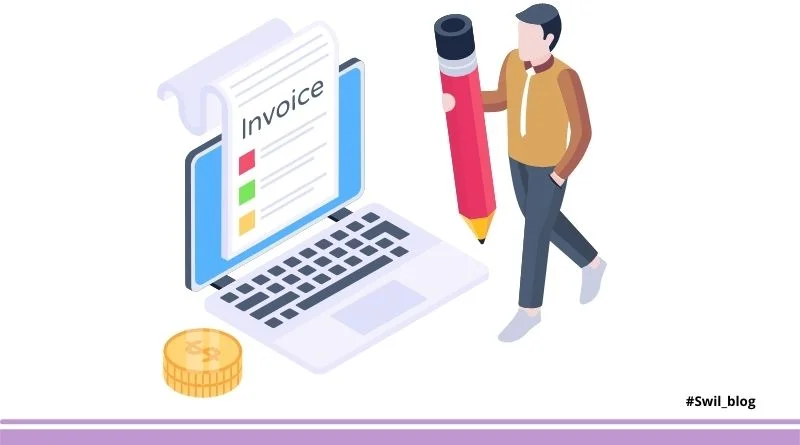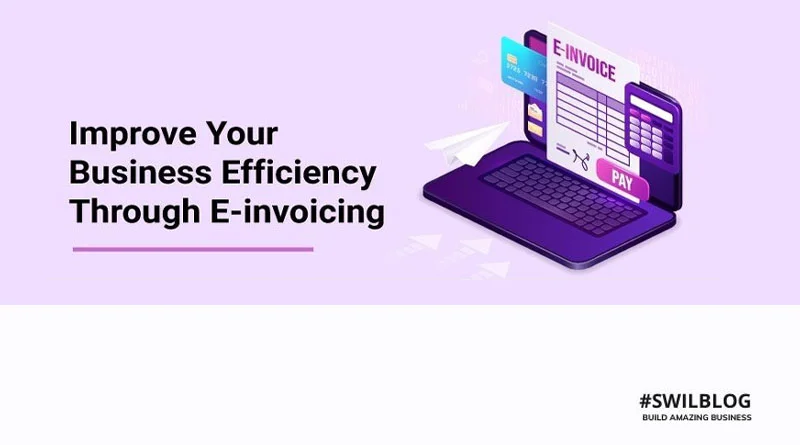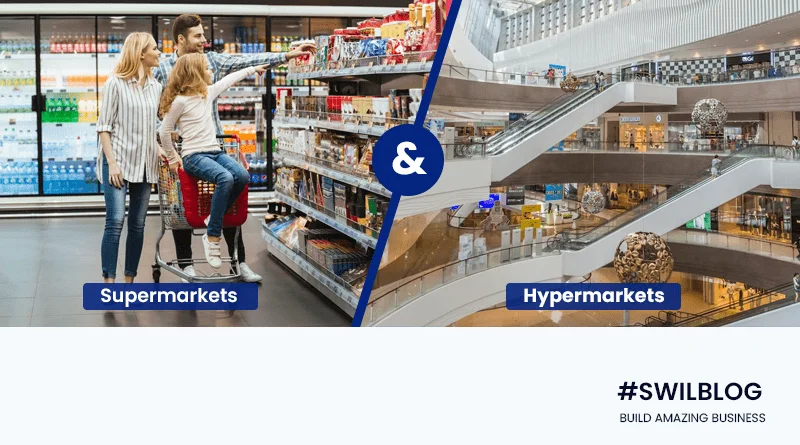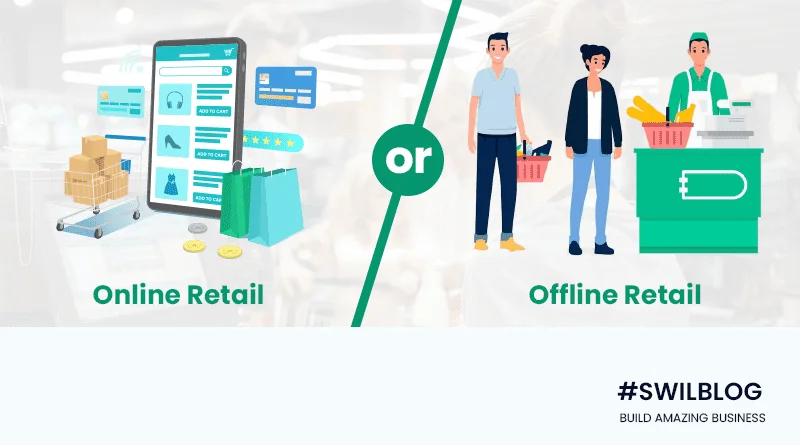At its 37th meeting in September 2019, the GST Council authorized the implementation of e-invoices. Its primary purpose is to guarantee that e-invoices are compatible across the GST ecosystem.
Because the invoice is such an important document, and e-invoicing is a regulation associated with it, it is critical for businesses to understand it completely and plan for it.
Article Content…
- Key Takeaways on E-invoicing
- Let’s Look at TEN challenges with E-Invoicing System
- Effectiveness of E-invoicing system in business
- Conclusion: Why use an e-invoicing system for your business?
Key Takeaways on E-invoicing
- The electronic authentication of a tax invoice generated by businesses inside their existing invoicing, accounting, or billing systems is known as e-invoicing.
- Each invoice is given a unique invoice registration or invoice reference number (IRN) after it has been validated by the Invoice Registration Portal (IRP).
- When a taxpayer submits GST returns, this IRN number is later used to cross-reference transaction details.
- It also connects to the e-way bill gateway, allowing for faster goods transit and fewer checkpoint pauses.
Businesses that are qualified for e-invoicing must alter their existing billing systems to adapt to the government’s e-invoice schema and create e-invoices with the unique invoice registration number (IRN) for appropriate transactions. But still, there are many scopes for mistakes. Integrating with a robust e-invoicing solution is the only key.
You should be aware of GST E-invoicing System and the key things to choosing an E-Invoice Solution for your business.
Let’s Look at TEN challenges with E-Invoicing System

Lack of understanding of E-invoicing System working
The lack of knowledge about how e-invoicing systems work is the key challenge for any business. The lack of a standardized system for creating e-invoices might be the first bottleneck, causing a lot of misunderstandings among taxpayers.
Know the impact on business operations
Even though the GST authorities have decided on a standardized e-invoice format, taxpayers planning for e-invoicing will require time to fully understand the compliance. This understanding is based on conversations with their ERP or IT, finance, sales, logistics/procurement/supply chain, or legal teams.
Taxpayers must also know the touchpoints with the greatest impact and apply relevant changes. This is most likely one of the reasons or you can say the challenge for the implementation of e-invoicing.
Accurate and on-time data validation
Before uploading data to the invoice registration portal and GSTN, taxpayers must authenticate various mandatory input field data.
These steps assist them in ensuring that their data is not rejected later by the portal. Duplicate invoice data, incorrect tax breakup for IGST, CGST, and SGST, incorrect or invalid HSN code, and invalid GSTIN are some of the most common mistakes.
E-invoicing system training for company staff
Because e-invoicing is a digital activity, it should be challenging for business owners and employees to understand its process fully. If it is not done properly. Several frequent mistakes will come in the early phases of e-invoicing.
As a result, their staff should be obliged to get training to guarantee that the process of creating e-invoices is understood. Similarly, tax officials must get training to respond to any inquiries from taxpayers.
Bifurcation of B2B and B2C invoices
E-invoicing is now only mandatory for B2B invoices, not for B2C bills. Where an e-way bill is required for B2C transactions, the transporter ID must be stated at the source.
As a result, sorting B2B and B2C invoices must be automated to some extent, or a significant amount of time will be spent manually.
As a result, it is recommended that the portal present segregated data for B2C and B2B transactions so that the process may be completed in the shortest time possible.
Need to have an understanding of cancel and amending e-invoices
An e-invoice cannot be amended, altered, or corrected in any way. It must be completely canceled, even if it is only for a minor alteration. If no e-way bill has been issued for the e-invoice, it can be canceled on the IRP within 24 hours of its production.
Taxpayers cannot cancel an e-invoice on the IRP after 24 hours; they must do so through the GST site. The IRN cannot be generated on the same invoice if an e-invoice is canceled.
In addition to correcting the inaccuracies, the taxpayer will need to amend the invoice number, create a new invoice in their system, and redo the entire process of issuing an e-invoice on the IRP.
Thus, it is a challenge to generate your e-invoice carefully.
Proper arrangement for storage of e-invoice data
Data from e-invoices will only be stored on the IRP for 24 hours. As a result, taxpayers will need to create a separate arrangement for preserving and keeping records.
Getting accurate ERP integration and technology readiness
If businesses want to avoid the manual generation of e-invoices, they must integrate their business with an ERP software or e-invoicing software that has an e-invoicing solution. The software allows invoice data to flow seamlessly between the IRP and the ERP system.
E-invoice data reconciliation with GSTR-1 and e-way bill
If the invoice is uploaded to the IRP and the GSTR-1 is updated at the same time, the data will be visible to the GST Network system, and if they don’t match, non-compliance issues may arise.
This is why the taxpayer should use robust tools or utilities to guarantee that e-invoices, GSTR-1, and e-way bills are all reconciled.
More time spent on reconciliations
Businesses are already dealing with several invoicing issues as a result of GST compliance, and finance teams will have access to GSTR-1, GSTR-3B, and GSTR-2A data, as well as GSTR-1 and e-way bill data.
Thus, the burden on businesses has increased after the introduction of e-invoicing.
Effectiveness of E-invoicing system in business
- E-invoicing will allow tax authorities greater oversight over business transactions.
- It will help them keep a check on tax evasion in real-/time.
- It helps businesses to validate tax invoices in real-time. Thus, it reduces fake invoice generation and input tax credit fraud.
- It will allow data sharing among various tax enforcement agencies. This way, taxpayers are likely to adhere to compliance requirements with greater efficiency.
Conclusion: Why use an e-invoicing system for your business?
E-invoicing is a new GST idea that the Indian taxation system introduced with several meetings, conferences, debates, and feedback sessions.
The true problems of the new e-invoicing system are its uniqueness and unawareness among the employees. For this reason, many software development companies offer software solutions that manage things in real-time.
Choosing a SWIL software solution for e-invoicing ensures that your move to an e-invoicing system will be smooth and painless. We built and developed the best e-invoicing software in India to the needs of taxpayers and the market situation.







